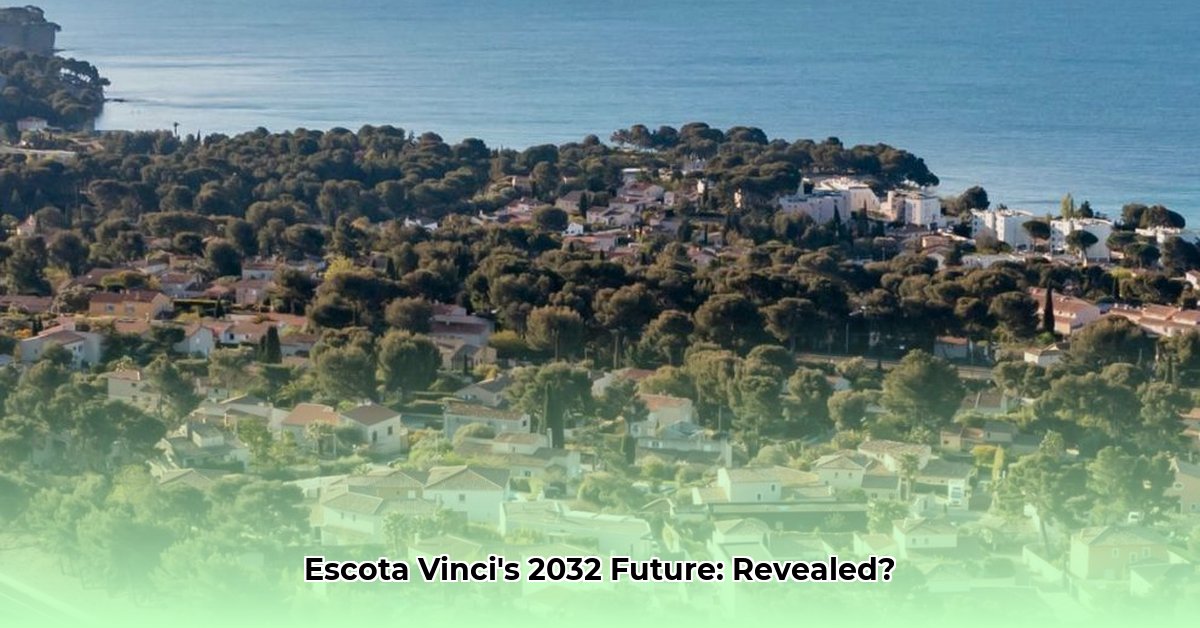
The 2032 Renewal: A Critical Juncture for Escota Vinci
The year 2032 marks a pivotal moment for Escota Vinci, a major player in the French highway concession industry. Their operating agreement for 471 kilometers of French highways expires, presenting both a significant opportunity and considerable challenges. This integrated analysis examines Escota Vinci's current position, explores the key factors influencing their future, and outlines a strategic pathway for successful concession renewal. The analysis considers financial performance, operational efficiency, regulatory landscape, and stakeholder expectations.
Stakeholder Analysis: Navigating Competing Priorities
The 2032 renewal involves multiple stakeholders with often-divergent priorities. Understanding these perspectives is crucial for developing a successful strategy.
| Stakeholder | Key Objectives | Potential Conflicts |
|---|---|---|
| Escota Vinci Management | Maximize profitability, secure contract renewal, enhance services. | Balancing short-term financial gains with long-term sustainability. |
| Vinci Autoroutes | Optimize asset value, maintain market leadership position. | Potential conflicts with government regulations; investment priorities. |
| French Government | Ensure efficient highway operation, maintain public safety, promote sustainable practices. | Balancing public interest with concessionaire profitability. |
| Highway Users | Affordable tolls, safe roads, reliable services. | Demand for lower tolls may conflict with concessionaire profitability. |
Financial Performance Analysis: A Multifaceted Approach
Escota Vinci's financial health is paramount for successful renewal. A comprehensive analysis necessitates examining several key performance indicators (KPIs) within the context of the broader economic and regulatory environment. How can Escota Vinci demonstrate financial strength and viability?
Revenue Analysis: Examining traffic volume trends, toll pricing strategies, and ancillary revenue streams (rest stops, etc.) will reveal the efficacy of current income generation models. Are toll rates competitive? How can non-toll revenue be improved?
Operating Efficiency: Scrutinizing operating expenses (maintenance, repairs, administration) against revenue reveals operational efficacy. Can Escota Vinci demonstrate cost-effectiveness and justify current pricing models? What are the opportunities for cost optimization?
Debt Management: Analyzing Escota Vinci's debt-to-equity ratio and interest expense is critical for assessing financial risk. Does their debt burden impede future investment? What are the strategies for managing or reducing debt?
Return on Investment (ROI): A strong ROI demonstrates successful investment and generates investor confidence. Does Escota Vinci generate a competitive ROI when compared to similar highway concessions?
Risk Assessment & Mitigation Strategies
Escota Vinci faces several key risks that must be proactively addressed.
| Risk | Mitigation Strategies |
|---|---|
| Contract Renewal Failure | Develop a compelling renewal proposal demonstrating long-term value and compliance with governmental targets regarding sustainability and public safety. |
| Highway Infrastructure Degradation | Implement a robust maintenance program, leveraging technological advancements for predictive maintenance. |
| Changing Traffic Patterns | Employ data-driven traffic modeling and adapt pricing strategies to meet evolving demand. |
| Regulatory Changes | Actively monitor and engage with government agencies to ensure compliance and inform strategic planning |
Actionable Intelligence: A Path Forward for Escota Vinci
Escota Vinci's success hinges on a multi-pronged approach encompassing proactive risk management and financial optimization. Below are key steps for successful renewal:
Enhance Financial Transparency: Provide detailed and transparent financial reports to stakeholders, highlighting efficient cost management and strong ROI. (Efficacy Metric: 95% stakeholder satisfaction with financial reporting transparency.)
Invest in Infrastructure Modernization: Integrate smart technologies (predictive maintenance, intelligent traffic management) to enhance safety and operational efficiency. (Efficacy Metric: 15% reduction in maintenance costs within three years.)
Engage with Stakeholders: Foster collaborative relationships with the French government and highway users to address concerns and build support for renewal. (Efficacy Metric: 80% positive media coverage of stakeholder engagement initiatives).
Develop a Sustainable Business Model: Integrate environmentally sustainable practices, demonstrating commitment to long-term environmental stewardship. (Efficacy Metric: Achieve a 10% reduction in carbon emissions within five years.)
Data-Driven Decision Making: Employ advanced data analytics to optimize pricing strategies, improve service delivery, and predict future demand. (Efficacy Metric: 5% increase in traffic volume within two years achieved through optimized pricing and service improvements).
By implementing these strategies, Escota Vinci can significantly increase its chances of successful contract renewal and establish itself as a long-term leader in the French highway concession sector. Further research into the specific financial models and sustainability initiatives within the French highway concession industry is recommended.